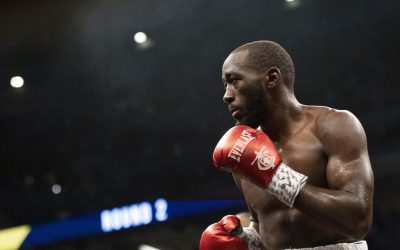All you need to know about: ADHD

Attention-Deficit/Hyperactivity Disorder (ADHD) is a widely recognised neurodevelopmental condition that affects both children and adults across the globe. Characterised by difficulties with attention, impulsivity, and hyperactivity, ADHD can significantly impact academic, social, and occupational functioning. Despite growing awareness, misconceptions and stigma remain—particularly in contexts like India—where cultural, educational, and healthcare factors may delay diagnosis and treatment. Here’s all you need to know about ADHD.
What is ADHD?
ADHD is a common neurodevelopmental condition marked by persistent patterns of inattention, hyperactivity, and impulsivity, affecting daily functioning. The United States’ Center for Disease Control and Prevention (CDC) explains that ADHD symptoms typically appear before the age of 12 and continue into adulthood in many cases. It can manifest as predominantly inattentive, predominantly hyperactive-impulsive, or combined presentations.

What causes ADHD?
ADHD arises from a complex interplay of genetic, environmental, and neurodevelopmental factors. The CDC notes that genetics account for an estimated 74% of heritability. Specific gene variations contribute to the risk, making ADHD a polygenic disorder.
Environmental factors particularly relevant in India include prenatal exposures such as maternal smoking and alcohol consumption, premature birth, low birth weight, and exposure to environmental toxins such as lead, which remains a concern in certain regions. Nutritional deficiencies in micronutrients like iron and zinc—common in lower socioeconomic groups in India—may exacerbate symptoms. Psychosocial stressors such as family instability, poverty, and low parental education also influence ADHD severity.

Who is at risk?
Certain groups are more likely to develop ADHD due to genetic, demographic, and environmental risk factors. Boys are diagnosed about three times more often than girls, potentially due to biological differences or referral biases arising from symptom presentations. Children with family members diagnosed with ADHD or other psychiatric conditions have a significantly higher risk due to inherited genetic factors. Prenatal and perinatal complications such as maternal smoking, low birth weight, and premature birth also elevate the risk.
Socioeconomic context plays a role; children from lower-income families and those living in unstable environments face higher ADHD prevalence, as stressors and limited access to care affect development. In India, there are regional variations, with some South Indian populations showing higher rates, possibly due to genetic and environmental factors.

Signs and symptoms?
ADHD symptoms cluster into inattention, hyperactivity, and impulsivity categories. Inattention involves difficulty sustaining focus, forgetfulness, careless mistakes, and trouble organising tasks. Hyperactivity presents as fidgeting, restlessness, an inability to stay seated, and excessive talking. Impulsivity includes interrupting conversations, impatience, and acting without considering consequences. These symptoms must cause impairment in at least two settings—such as home and school—for a diagnosis.
Indian children often face stigma for such behaviours, and symptoms may be mistaken for disobedience or lack of discipline, delaying recognition. The Indian Academy of Paediatrics recommends comprehensive evaluation involving parents, teachers, and clinicians, using validated tools such as the DSM-5 criteria and Vanderbilt scales adapted to Indian contexts. Symptoms often emerge in early childhood but can be under-recognised in girls, who may exhibit more inattentive symptoms.

How is ADHD treated?
Treatment for ADHD is multimodal and personalised to symptom severity, age, and individual needs. Primary approaches include behavioural therapies, psychoeducation, school interventions, and pharmacological treatment. For young children under six, parent training and behavioural modification are first-line treatments; medication is not generally recommended at this stage.
For school-aged children and adults with moderate to severe ADHD, stimulants such as methylphenidate or amphetamines are commonly prescribed and have been shown to improve attention, impulse control, and hyperactivity symptoms. Non-stimulant medications are alternatives when stimulants cause side effects or are contraindicated. Behavioural interventions focus on building organisational skills, social interactions, and adaptive coping strategies. The CDC stresses regular follow-up to monitor medication effectiveness and side effects, alongside academic and psychosocial support. Combined treatment approaches yield the best outcomes by addressing varied aspects of ADHD.
What is the prognosis?
The prognosis for people with ADHD varies widely depending on access to diagnosis, treatment, and support. While ADHD symptoms commonly persist into adulthood, many individuals develop coping strategies and benefit from interventions that improve functioning. Untreated ADHD is associated with increased risks of academic underachievement, employment instability, substance use, mental health disorders, and social difficulties.
Early diagnosis and comprehensive treatment significantly improve long-term outcomes by reducing symptom severity and enhancing adaptive skills. Treatment success often involves combining behavioural therapy, medication, educational accommodations, and family support. The United States’ National Institute of Mental Health highlights that ongoing care and regular follow-up are important for managing symptoms across the lifespan. Increased awareness, reduced stigma, and improved healthcare access continue to enhance prognosis for many living with ADHD.
Published – September 07, 2025 04:49 pm IST


